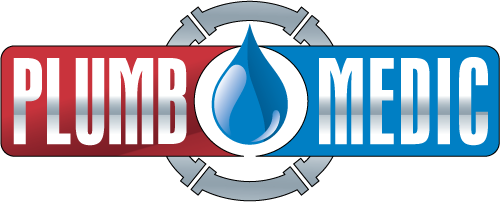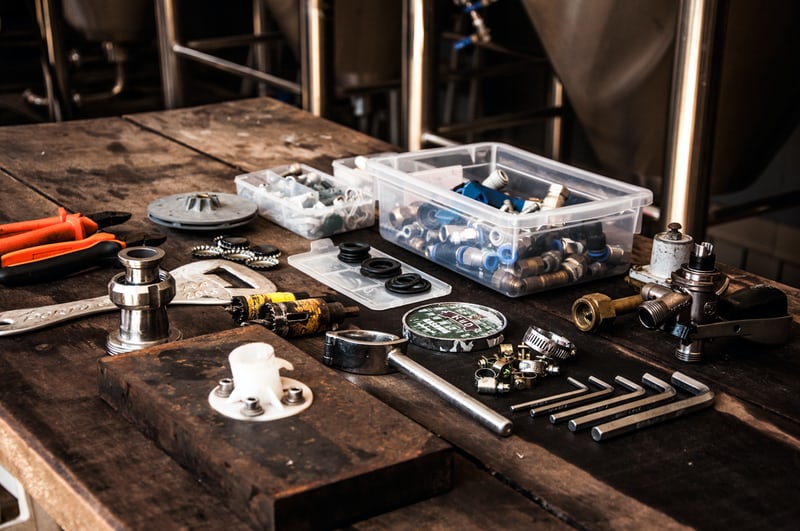When your pipes start acting up, the logical course of action is calling an experienced plumber. However, many experts can come off intimidating because it seems as if they speak another language. Your unfamiliarity with technical terms can make you feel like your issues are getting lost in translation. When you feel intimidated about discussing your plumbing concerns, you can follow some of these tips to help you communicate with your plumber better:
Be straight to the point
Explaining your plumbing issue to your plumber can be embarrassing. However, trying to save face or disguising the potential cause of your problem can cause delays and additional issues.
Whether you performed a DIY that went wrong or accidentally clogged your drain with a foreign object, it’s best to be straight to the point with your plumbing professional and explain what you think maybe the issue. This way, they can determine the cause of your problem and have it fixed as soon as possible.
Sound it out
Many common plumbing problems have unique noise. Your plumber can likely recognize these sounds, so when you make a call and explain your issue, it’s best to sound it out. When discussing your concern, some phrase you can use are the following:
- Gurgling from the drain due to clog
- Whistling in pipes from deposit buildup in the pipes or an old valve
- Ticking or sputtering noise when faucets are opened
- A bang or hammering sound in your walls as pipes move and hits conduits, other pipes, drywall, or studs
Don’t get embarrassed or fear judgement
Hiring plumbers means working with professionals. They are trained and skilled to handle plumbing problems like yours. Plus, they likely already had to deal with a similar issue like yours before. They won’t judge you for it, so don’t get scared or embarrassed.
Familiarize yourself with common plumbing terms
If all else fails, the best way to talk to your plumber is to speak their language. Here are some common plumbing terms you can familiarize yourself with:
Apron
This is not a clothing piece you wear while cooking or baking. In plumbing, an apron is the visible finished side and decorative element of a bathtub that covers the rough-in plumbing. It is sometimes ordered separately from the tub.
Backflow
Backflow takes place when water flows in the wrong direction, which usually happens when your toilet backs up. When left unaddressed, it can cause serious contamination and lead to illness and even death.
Cleanout
A cleanout is an opening that gives access to the sewer line and drain pipes to clear clogs and debris. It is usually located outside the house. Many plumbing codes require its installation during building construction.
Fitting
A fitting is used to describe small pipe parts that connect straight sections of pipes or tubes. It adapts to various shapes and sizes and has various purposes, including regulating fluid flow.
Conclusion
Don’t let your limited knowledge or experience with plumbing hinder you from communicating more effectively with your plumber. Keep in mind and follow the mentioned tips above to increase your chances of discussing your concern more easily and having it addressed much faster.
Whether you have a problem with your toilet, faucet, gas line, or water heater, you can contact Plumb Medic. Our licensed plumbers in Woodstock and North Metro Atlanta can address your plumbing problems without having to break your bank. Get in touch to make an appointment today!
Photo Credit – DMP Sutherland Shire http://www.damienmcevoy.com/.


Recent Comments